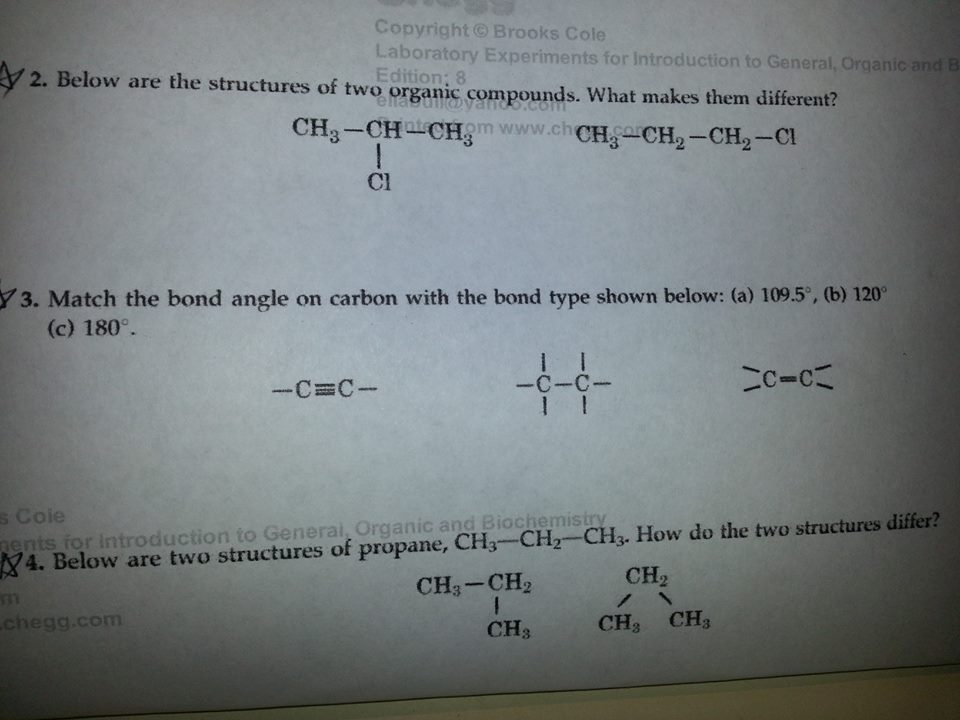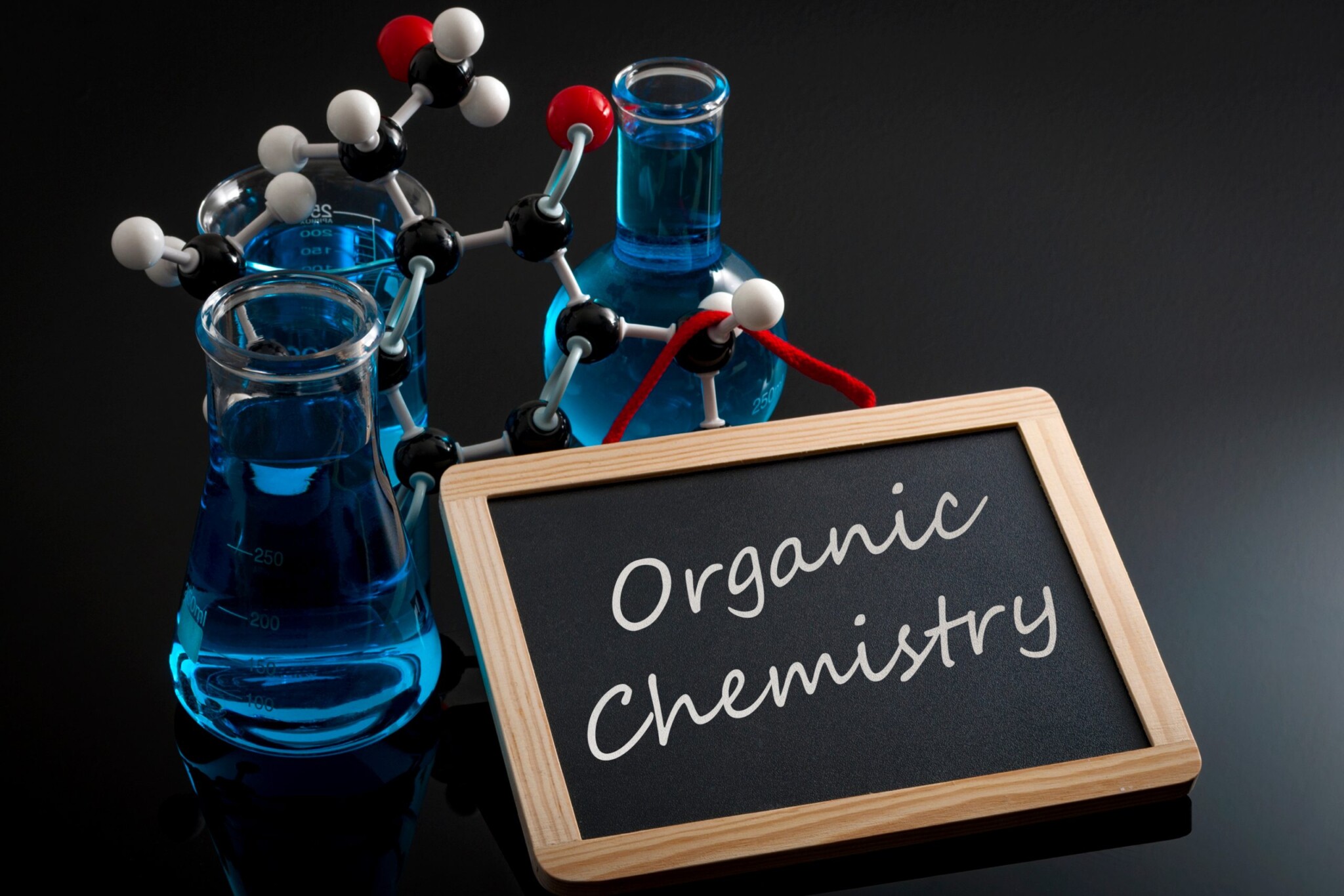

In addition to inadequate and inappropriate illumination, high temperature and noise inherent in the working conditions can lead to fatigue, reduce work efficiency, and increased accidents in hair salons. Hairdressers normally use hairdryers and work very close to these sources of high temperature air and noise. The physical environmental factors, such as temperature, illumination, and sound in hair salons, may cumulatively increase the health risks. 12– 21 Volatile organic compounds (VOCs) in hair spray may cause cardiovascular effects.

The use of persulfates during hair bleaching is associated with increased risk of asthma, laryngitis, rhinitis, and dermatitis.
#Coolest oragnic compounds skin#
11 Some chemical exposures can lead to occupational skin and respiratory disorders. 10 Toluene is suspected to be teratogenic and can affect reproductive and central nervous systems. 6– 9 The International Agency for Research on Cancer (IARC) classified dichloromethane as a probable human carcinogen (Group 2A). 3– 5 Genotoxic effects and cancer have been linked to chemical exposure of hairdressers. These chemicals can cause indoor air quality (IAQ) problems and relate to the sick building syndrome (SBS). These activities involve a wide variety of chemicals in the hair care products. Normal services in a hair salon include cutting, cleaning, styling, bleaching, coloring, waving, or straightening of the hair. 2 Hairdressers are exposed to occupational health hazards from chemical and physical factors in their work. Those results indicated that 19 salons had higher concentration than NIOSH standards, and 31 hairdressers were exposed to unacceptable risk levels according to US EPA. The only 1 study investigated the formaldehyde exposure of hairdressers in salons. 1 At the present time, very few published research studied about chemical exposure levels in hairdressing salons in Thailand. Moreover, there is approximately 1 hairdresser for every 300 of the population, and there are 121,635 salons. In Thailand, hair salon is a growing business with revenue over 56 million Thai baht in 2017 and its employment increased 85% from 2010 to 2017. Hairdresser worked in poor lighting that should be improved to appropriate levels (>1000 lux). Conclusions:Installing and using proper ventilation in hair salon are recommended to eliminate health effects. The noise levels and temperature in the hair salons were satisfactory on the scale of the Ministry of Labor (Thailand). The WBGT indoors varied within 22 to 28☌, sound pressure levels within 71 to 76 dBA, and illumination within 70 to 400 lux. The average VOCs concentrations after installation of local exhaust ventilation and open the door for 30 minutes before closing the hair salon, was significantly lower than before and after installation of the local exhaust ventilation. All of hair salons had cancer risk exceeding 1 × 10 −6 and HI > 1.0, indicating that indoor air pollution may affect hairdresser’s health. All of the VOCs concentration was highest in the mixing area. Results: Toluene, cyclohexanone, xylene, and hexane were the most frequently found across the hair salons. The noise levels, illumination, and temperature were measured by using sound level meter, lux meter, and WBGT, respectively. The air samples were analyzed using GC/FID. VOCs were collected by area sampling using charcoal tubes (9 samples per salon). Methods: This study was carried out at 4 selected hair salons close to universities in Surat Thani province, Thailand. 4.ObjectiveThe aim of this study was to assess the chemical and physical work conditions in hair salons and to analyze health risk of exposure to VOCs for the hairdressers of hair salons.

Two years later ICI had turned this serendipitous discovery into a practical method for producing the common plastic that’s almost certainly within easy reach of you now. At first they failed to reproduce the effect until they noticed that in the original reaction oxygen had leaked into the system. They were working on high-pressure reactions and noticed the same waxy substance as von Pechmann. Then in 1933 an entirely different method for making the plastic was discovered by chemists at, the now defunct chemical company, ICI. The method they used to make their plastic wasn’t particularly practical, so much like the penicillin story, no progress was made for some considerable time. Along with his colleagues he investigated and discovered that it was made up of very long molecular chains which they termed polymethylene. The first occurred in 1898 when German chemist Hans von Pechmann, while investigating something quite different, noticed a waxy substance at the bottom of his tubes. The 80m tonnes of the stuff that is made each year is the result of two accidental discoveries. Most common plastic objects, from water pipes to food packaging and hardhats, are forms of polythene. They may be plastic but they are vintage and very valuable.


 0 kommentar(er)
0 kommentar(er)
